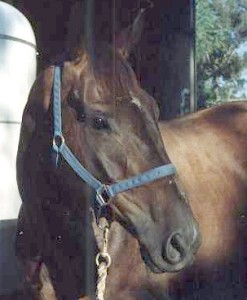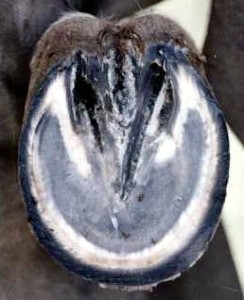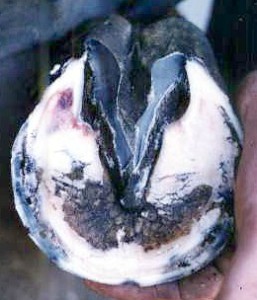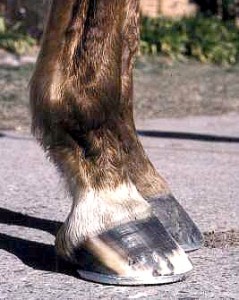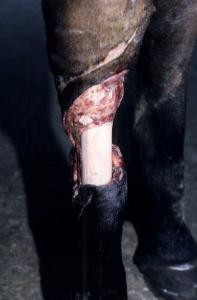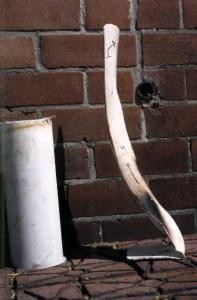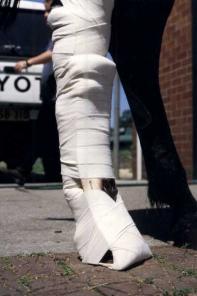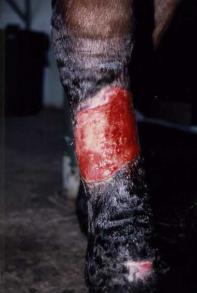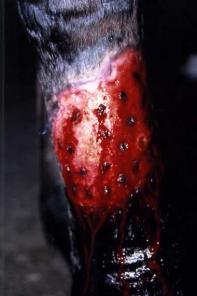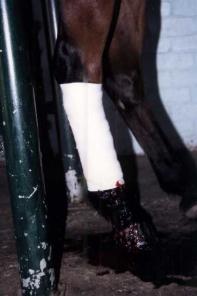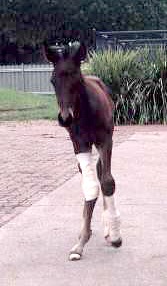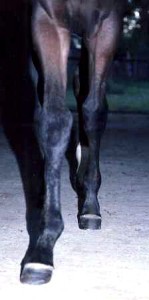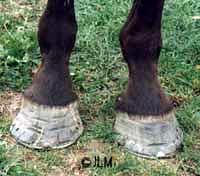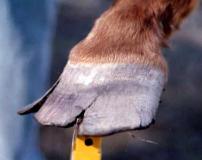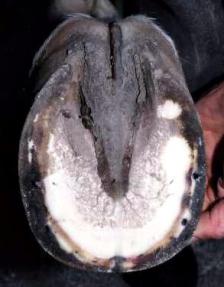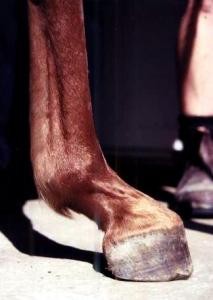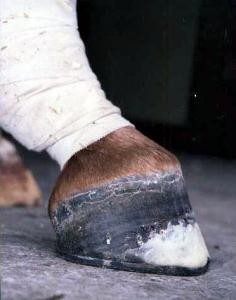Farrier Back Pain and Therapy
FARRIER BACK PAIN AND THERAPY
What can stretching, Velcresion Therapy ®, Postural Re-Alignment Programme, Osteopathy, Massage, Acupuncture and Yoga do for you? Extend your working life and increase your comfort while you are shoeing horses! How is this achieved? By taking responsibility for your own mobility and being proactive about maintaining normality. Begin looking after yourself. Listen and apply the advice you receive about how to maintain your mobility and flexibility when that advice is given by professionals who treat farriers, people with sports injuries and others with chronic back pain. This advice may come from a masseuse, osteopath, sports injury specialist or yoga instructor, physiotherapist etc. If you begin to hear the same thing again and again about your back “LISTEN” the universe is trying to send you a message. A proactive approach is essential if you intend to have a long career in farriery. The same theme of stretch and strengthen has been told to me again and again and I am guilty of ignoring the advice thinking that helping myself could wait until later. Now it is later and I am paying the price. It is never too late to start and I have begun to take better care of myself, but, I wish I had started sooner.
 |
|
I have always used a hoof-stand and would not have lasted as a farrier this long without it.
|
My story: During my late teens and 20’s I suffered from numerous injuries to my back and neck. I dived into shallow water and hurt my head and neck, I was lucky I didn’t break it. I fell off horses in most directions until I eventually realised it is safer not to ride uneducated horses for other people. These injuries included landing on the base of my neck, concussion (several times), a broken pelvis, broken ankle and a probable fractured skull. I also had the usual young horse injuries of kicks to the knees and some serious bumps and bruises. During this time I was lifting heavy feed and water buckets and this injured my shoulder joints and resulted in chronic pain and weakness in my arms. Then in my late 20’s I took up farriery as a trade qualification. The 4 year commitment was daunting. I truly suffered through some of this with chronic fatigue and muscle pain due to a virus and other health issues. With help from Pat Coleby an organic farming consultant and author of Natural Horse Care (publisher Grass Roots Pty Ltd) my health and physical strength improved and work became easier. It is ironic that despite knowing Pat well and listening to many of her lectures and applying the principles to my horses and other pets it took a serious crisis for me to ask her for help. I have been taking supplements and avoiding my known food allergies ever since and I have steadily improved. For those who have had chronic fatigue you will understand what I mean when I say that you never feel cured but you do feel better as long as you work at it. At the end of my apprenticeship I decided to become a vet as well and that involved 6 years of school and university in my late 30’s while shoeing for a living to pay my way. After years of farriery the back pain was thoroughly established but I was in such a tight financial bind that I sacrificed my back to maintain a flexible income while working around my university commitments, until I could earn a living as a vet. I still shoe whenever I am able and the case is deserving. Ideally a little farriery every day is the best way for me to keep fit and maintain the necessary level of skill.
 |
|
The stand makes the horse feel secure. When placed correctly for the horse’s comfort, the foot will sit securely on the stand with no effort from me.
|
During the last 20 years only 2 or 3 people have manipulated my neck or back with any success and it is these people who have kept me functioning. I am extremely grateful to Stephen Hope Assoc. Dip. Nat., Dip. Nat. Ther. MCMA, FANTA an osteopath and one of the few who can “fix my neck” when it has gone into spasm so severe I cannot lift or turn my head, or use my arms effectively. The muscle spasm and pain takes weeks to resolve even with regular therapy and manipulation. This problem usually begins with a simple movement such as brushing my hair, putting on a seat belt or turning my head and always happens in the morning. I am aware prior to these events that my neck is bad and I have either avoided getting treatment thinking it can wait, or been unable to get treatment and I have then paid the price. Between these episodes sometimes years apart I have relied on other massage and sports therapists to keep me going as I have moved around the country. The best massage therapist I have met is Amanda Squires D.R.M., A.T.M.S. Amanda is based on the central coast of NSW. I was introduced through other horse people who had experienced benefits from her therapy. Amanda uses massage and Velcresion TherapyÓ which is her own unique therapy to break up adhesions of the muscle and fascia to enable stretches and pulpations to manoevre and mobilize joints, hinges and vertebrae into their correct functioning positions. To put it in her own words “Velcresion TherapyÓ is confronting” at times. I have had several treatments with Amanda and feel great benefit from it. I now do her series of stretches developed for people with chronic problems of the neck, shoulders and back on a daily basis and particularly when I have been bending or shoeing. For me a combination of therapies and therapists is essential as I cannot always see Stephen or Amanda and I need to maintain the flexibility and fitness required for shoeing which I love with minimal pain wherever I am at the time.
Click on links for contact details.
Please note I receive no financial or other gratuity for recommending the above mentioned persons and services.











